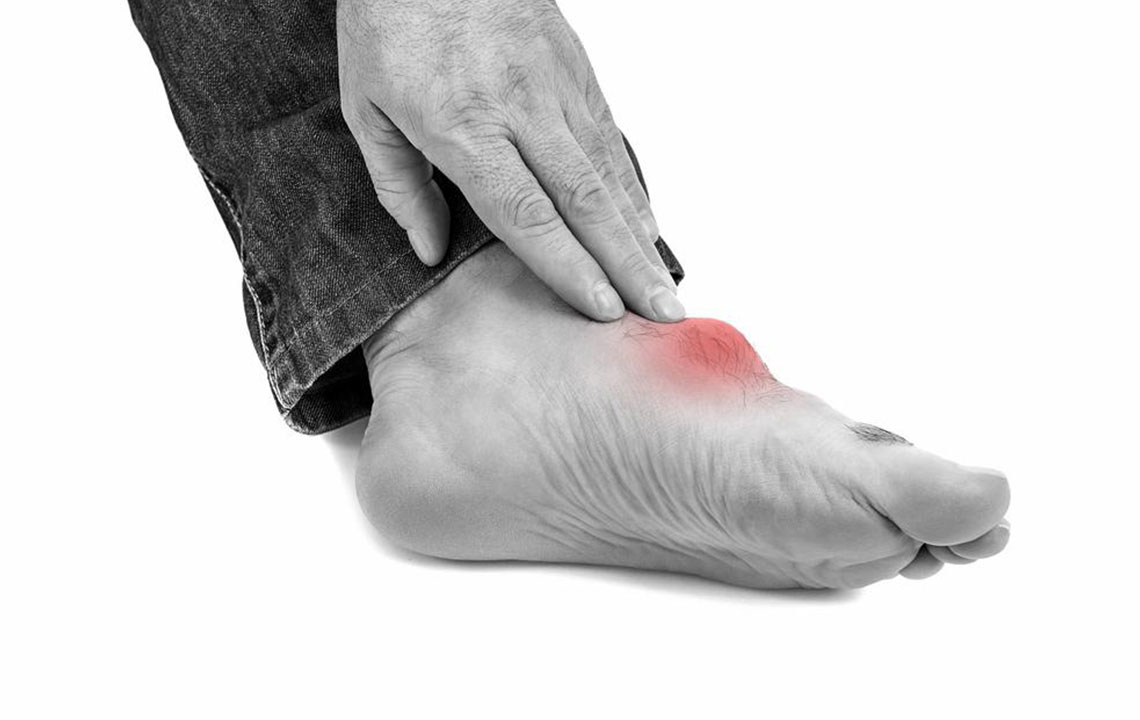Comprehensive Guide to Gout: Symptoms, Diagnosis, and Prevention Tips
This comprehensive guide explains gout, its symptoms, diagnosis methods, progression stages, and prevention strategies. Early detection and lifestyle changes can effectively manage and prevent gout, a common inflammatory joint condition impacting various joints, especially the big toe. Key diagnostic tools include joint fluid analysis, blood tests, X-ray, and ultrasound. Preventive tips emphasize dietary modifications and regular health check-ups to reduce long-term joint damage and discomfort.

Understanding Gout: Symptoms, Diagnostic Methods, and How to Prevent It
Gout, or gouty arthritis, is a prevalent inflammatory joint condition that commonly affects the big toe. It can also involve other joints, leading to swelling, excruciating pain, and tenderness. Gout can strike unexpectedly, even during the night. Early detection and lifestyle improvements are key to managing and preventing this ailment.
Diagnosing Gout
Medical tests confirm gout, primarily including:
Joint Fluid Examination
Doctors draw fluid from the affected joint and look for urate crystals under a microscope.
Presence of urate crystals confirms gout.
Blood Tests
Levels of uric acid and creatinine are measured to help diagnose; however, results may sometimes be inconclusive.
Additional diagnostic tools include:
X-ray Imaging
Used to differentiate gout from other joint issues.
Ultrasound
This imaging detects urate crystal deposits, assisting in diagnosis.
Gout Development and Stages
The condition progresses through four stages:
Stage 1
Uric acid levels start rising, causing crystal buildup around joints—typically beginning in the feet—and may be associated with kidney function decline.
Stage 2
Intense joint pain, swelling, redness, and warmth occur suddenly, especially in the big toe or ankle. Immediate medical care is essential.
Stage 3
Episodes might come and go, but without intervention, pain can recur within a year.
Stage 4
Persistent gout may lead to chronic pain and joint damage if not properly managed over time.
Gout Prevention Strategies
Preventive measures focus on diet. Avoid foods rich in purines like red meats, bacon, sardines, yeast, and shellfish. Alcohol intake should be limited. Regular check-ups facilitate early detection and effective management, reducing the risk of severe complications.


